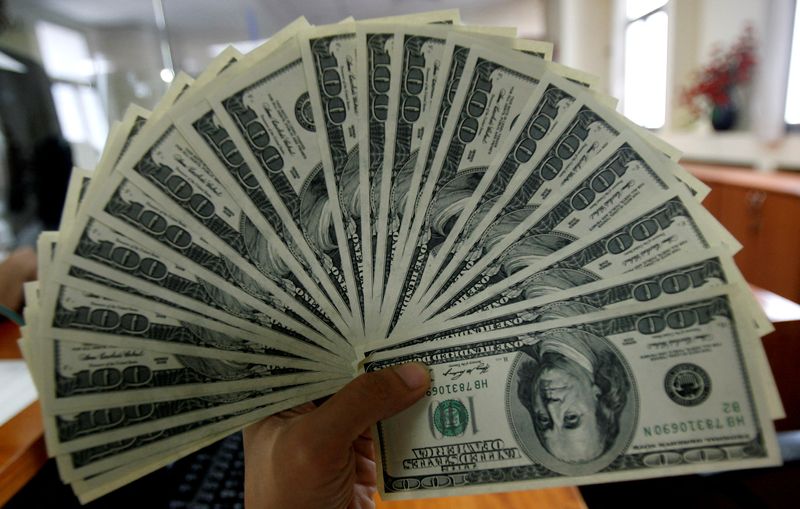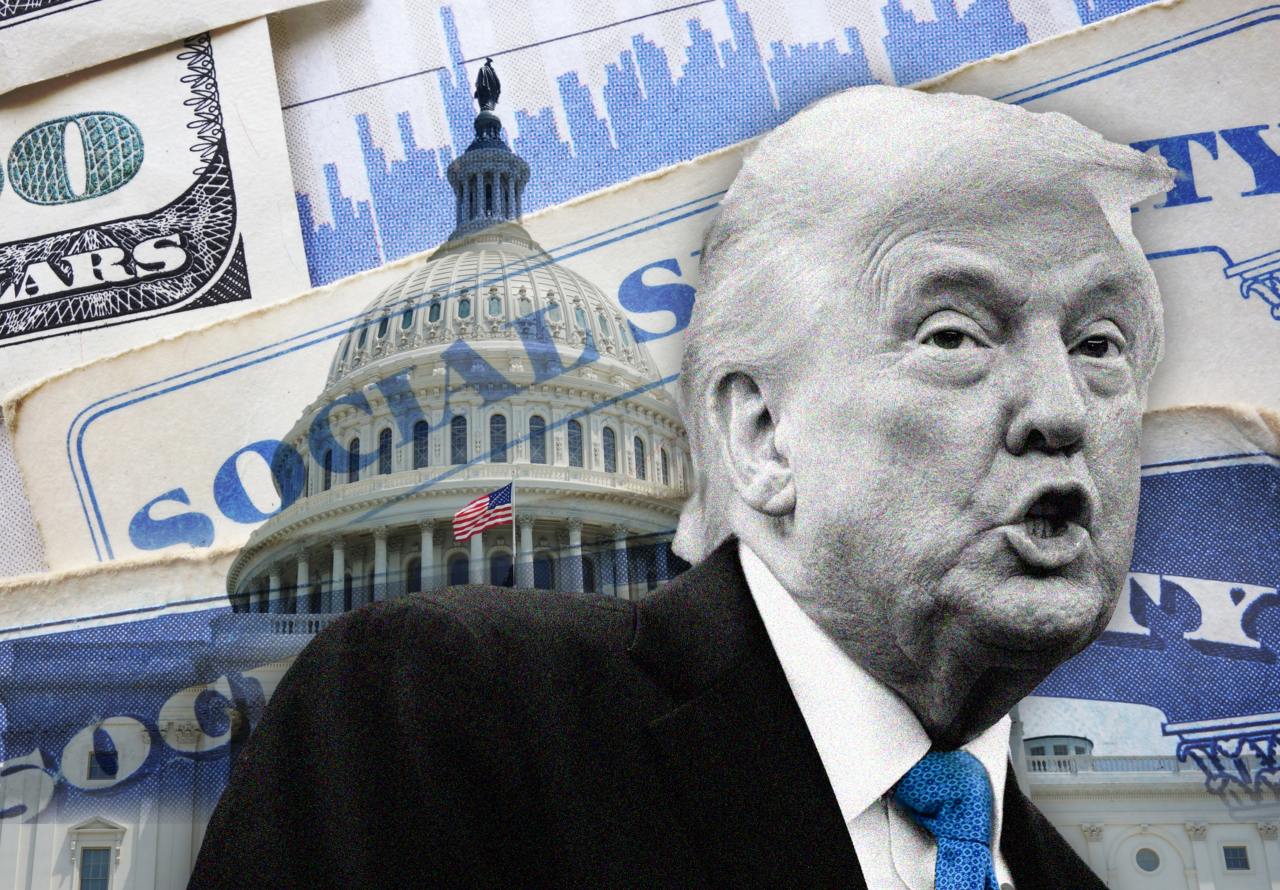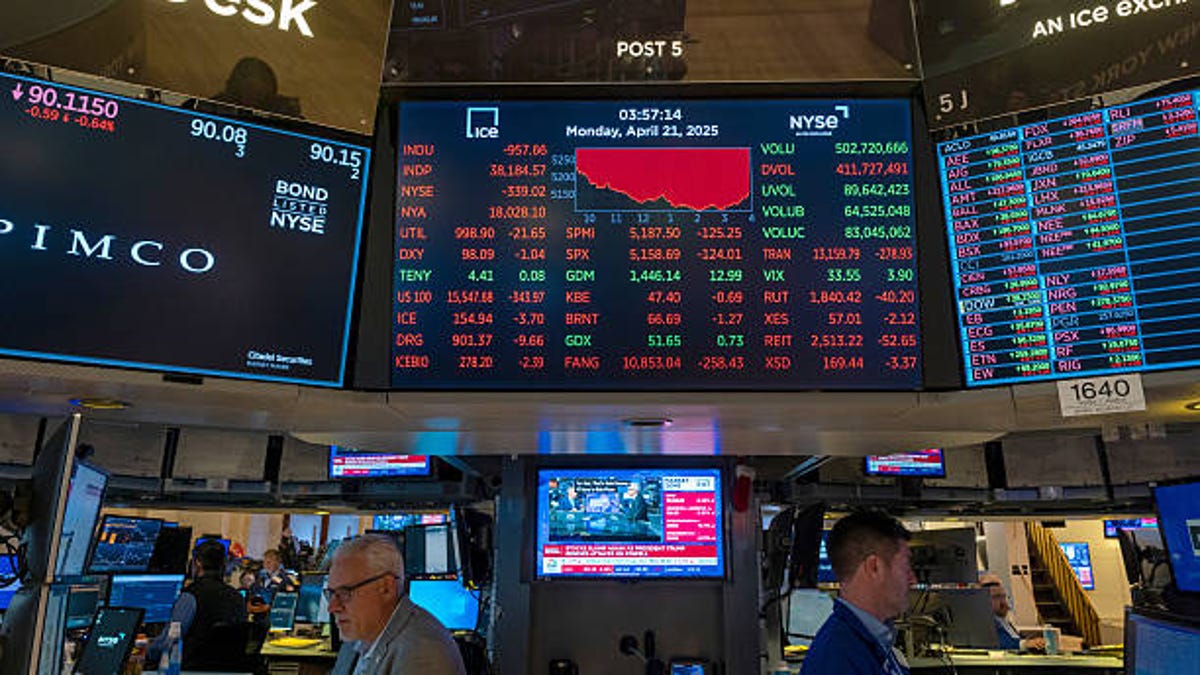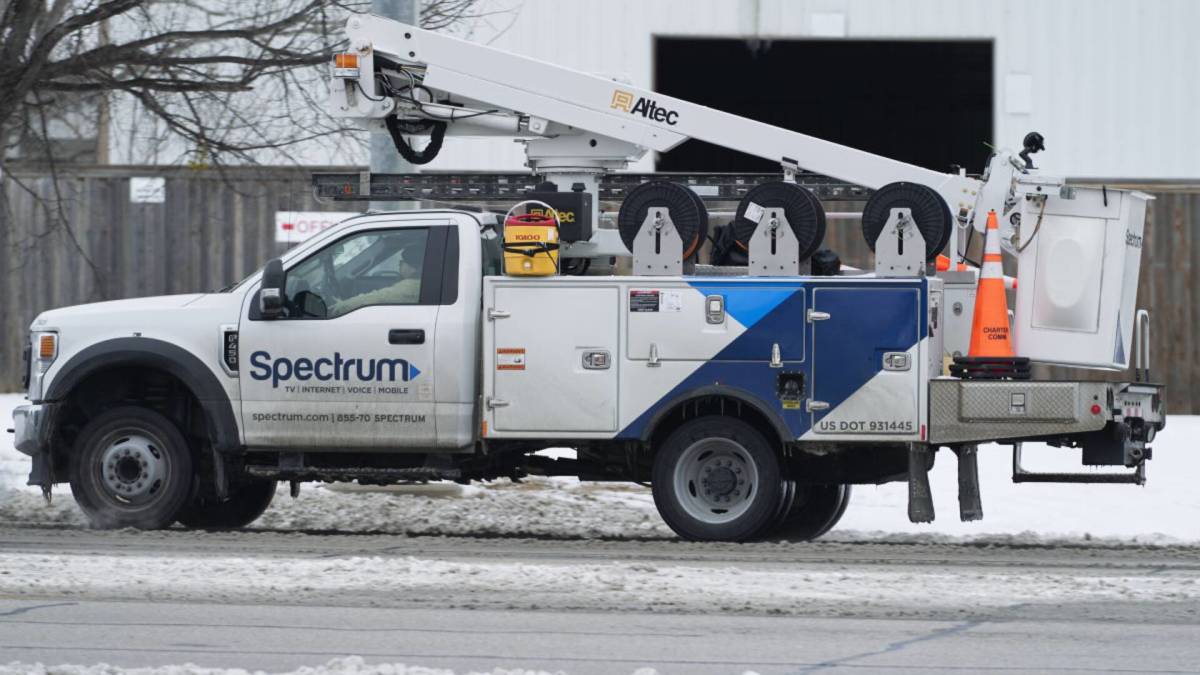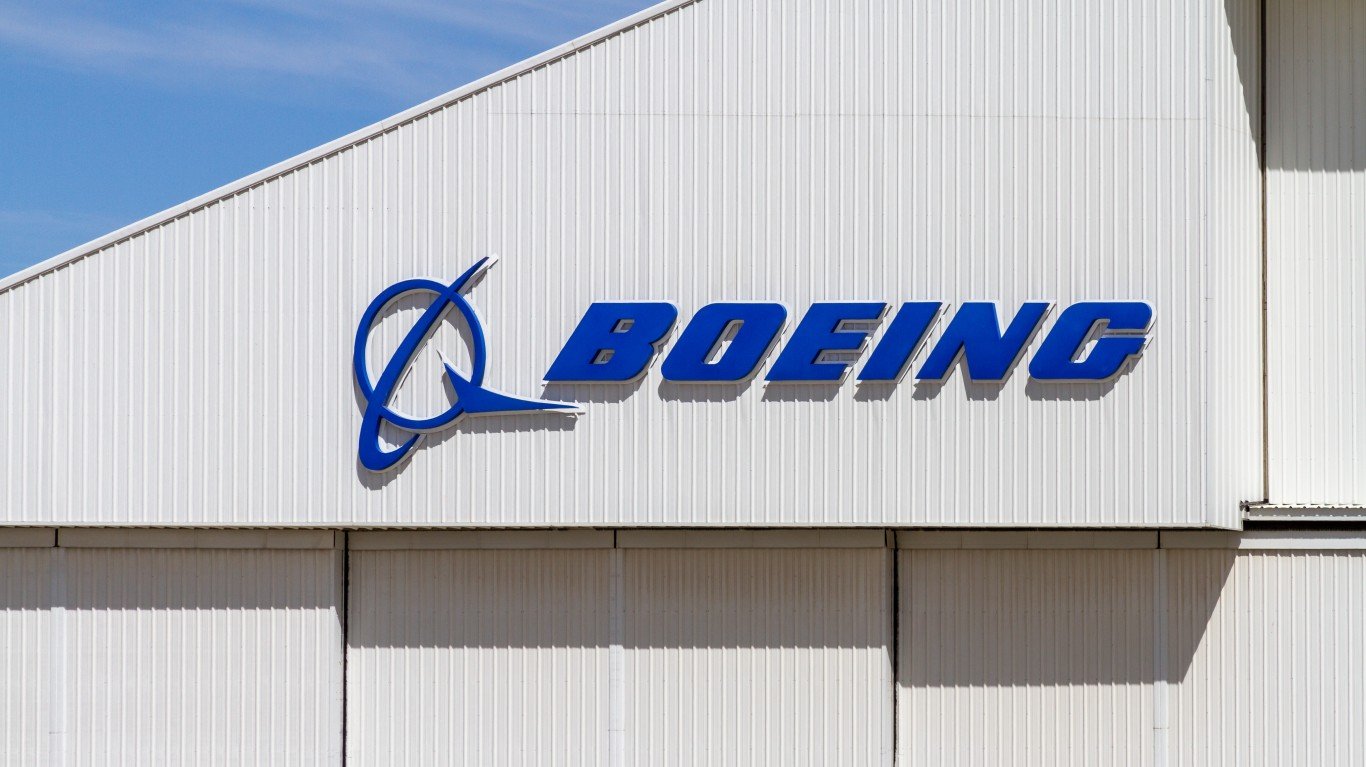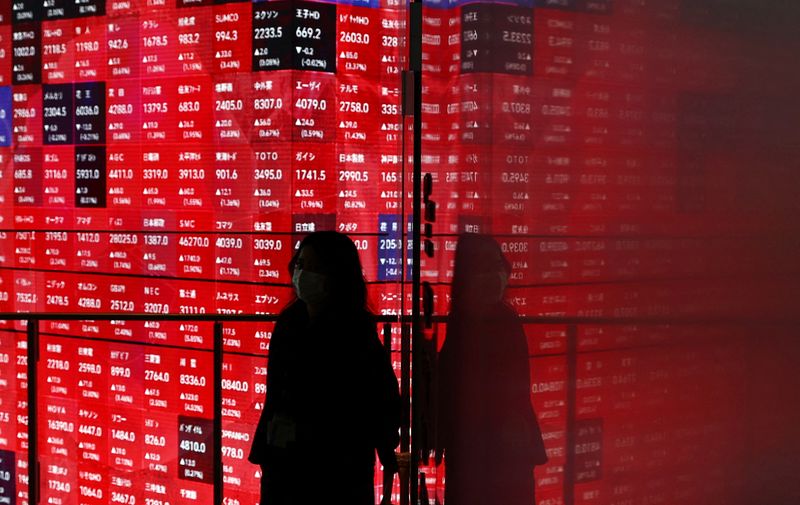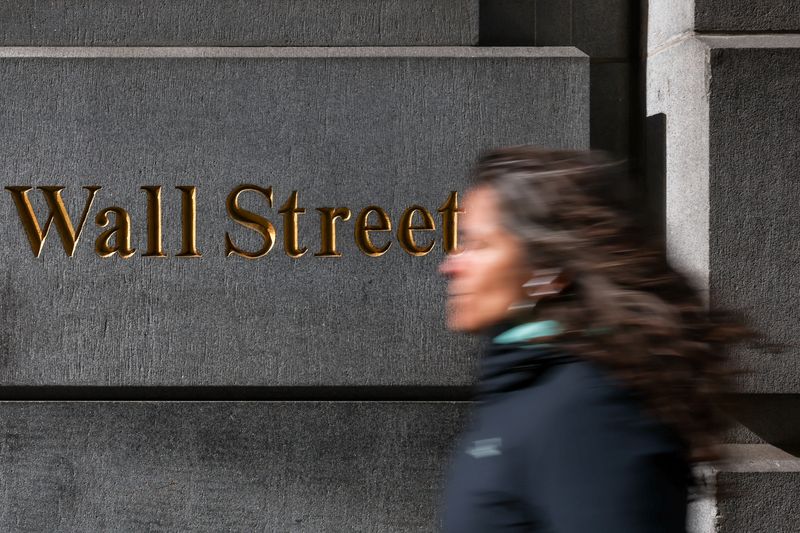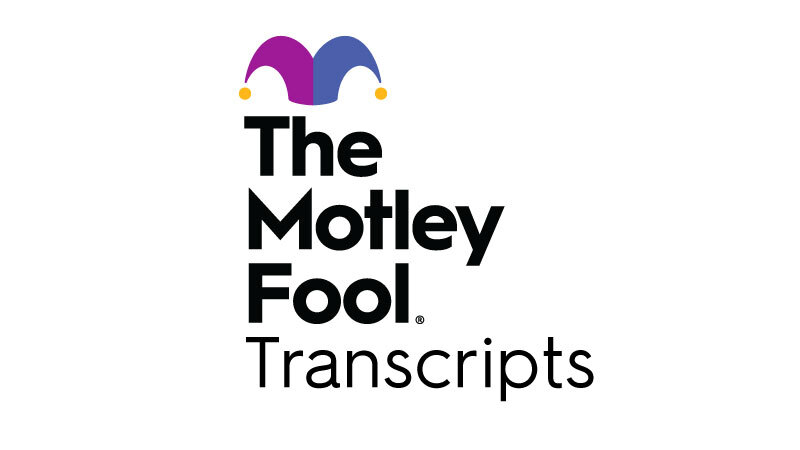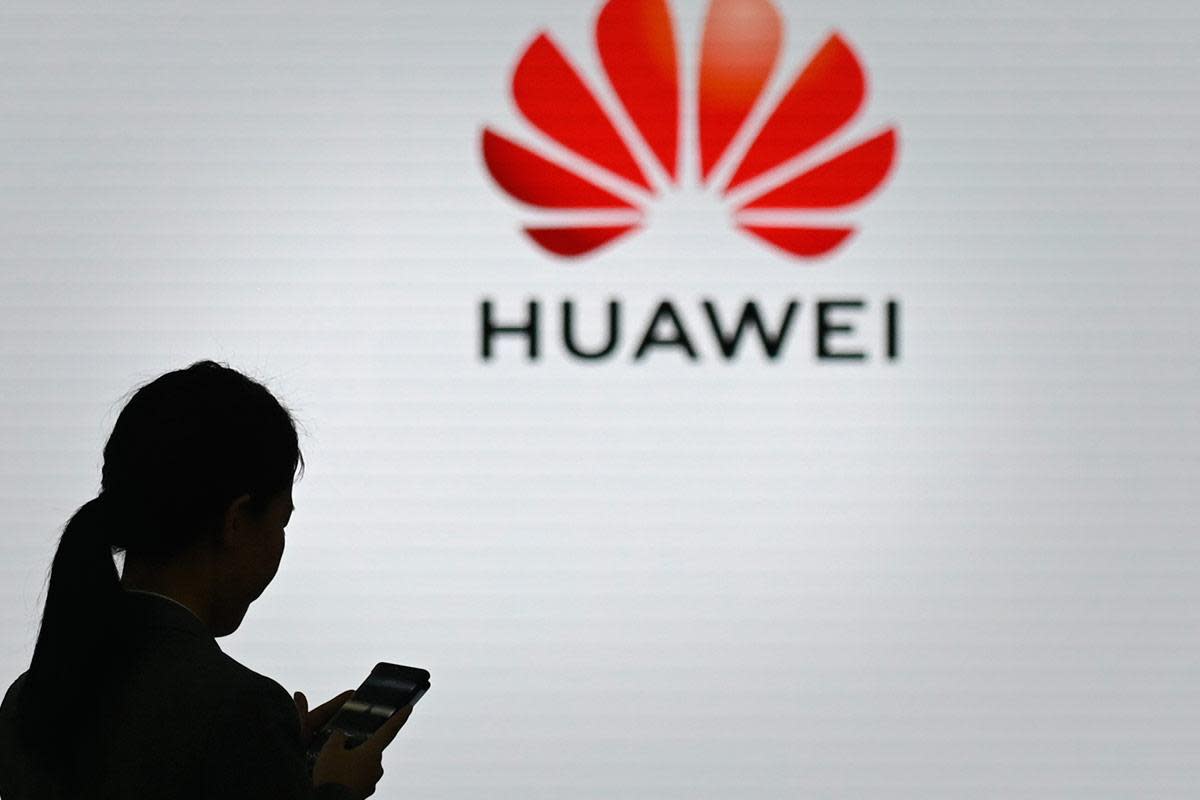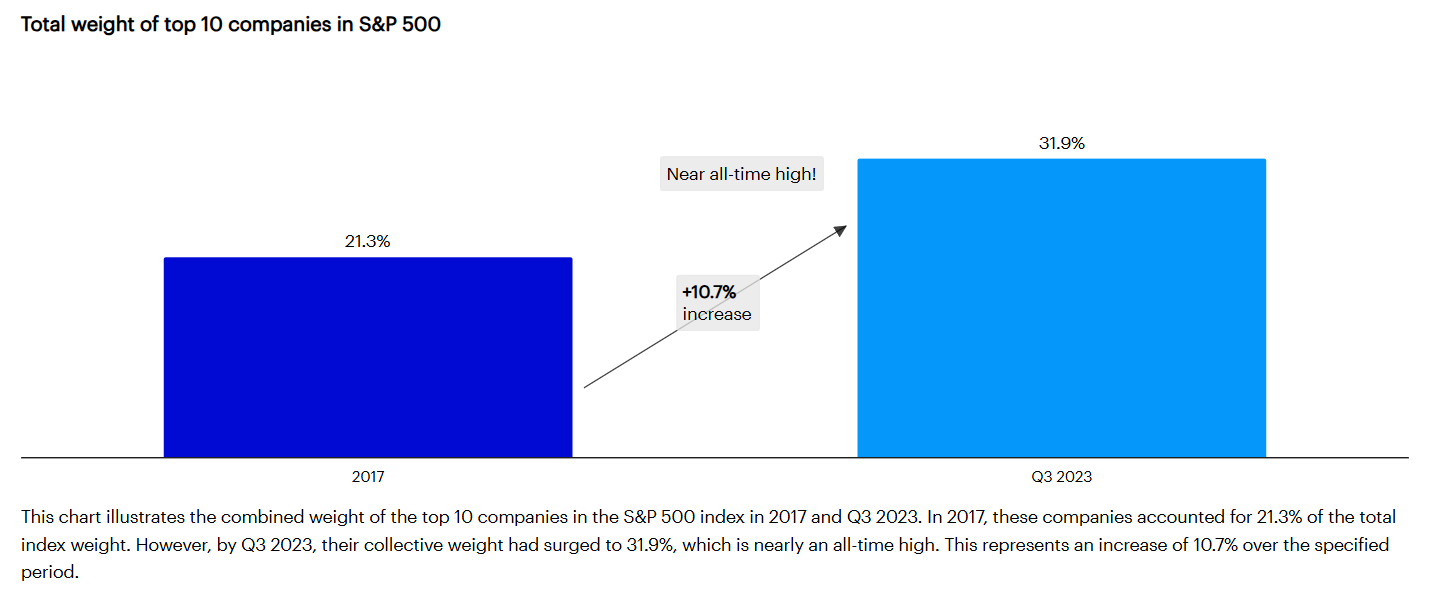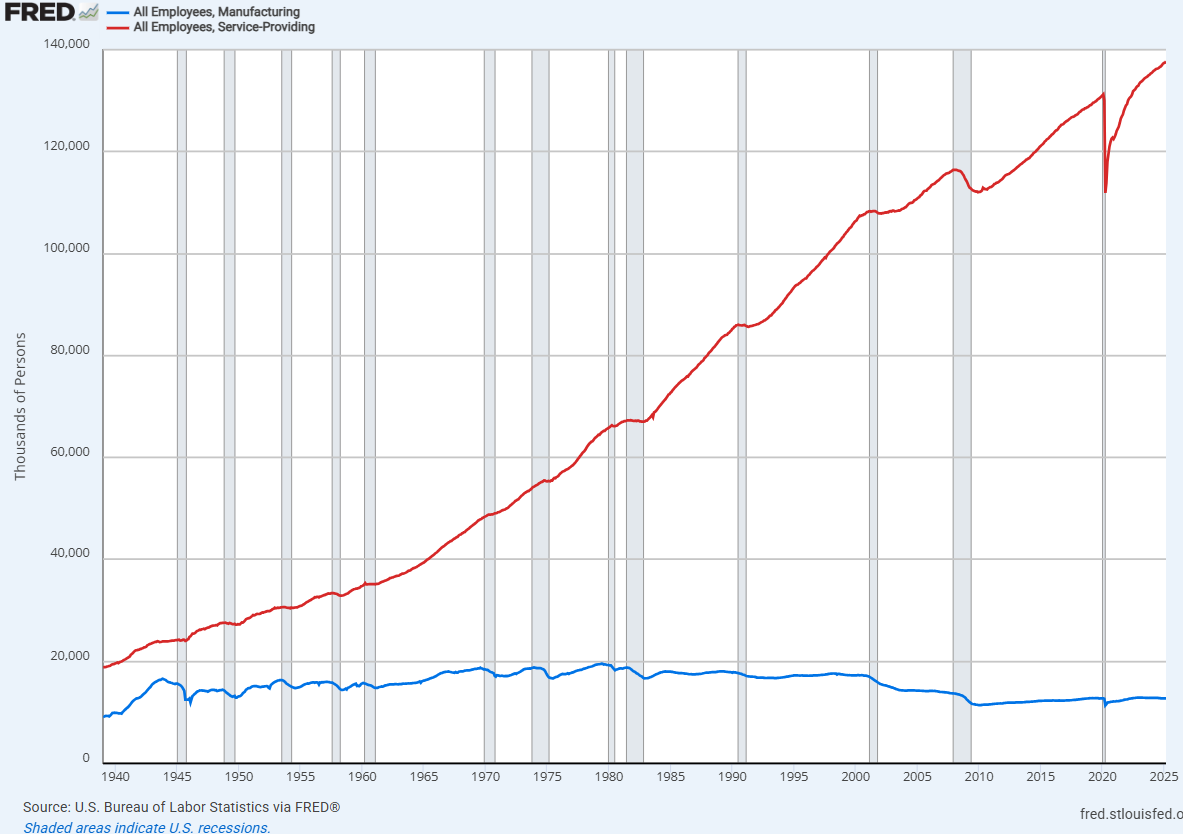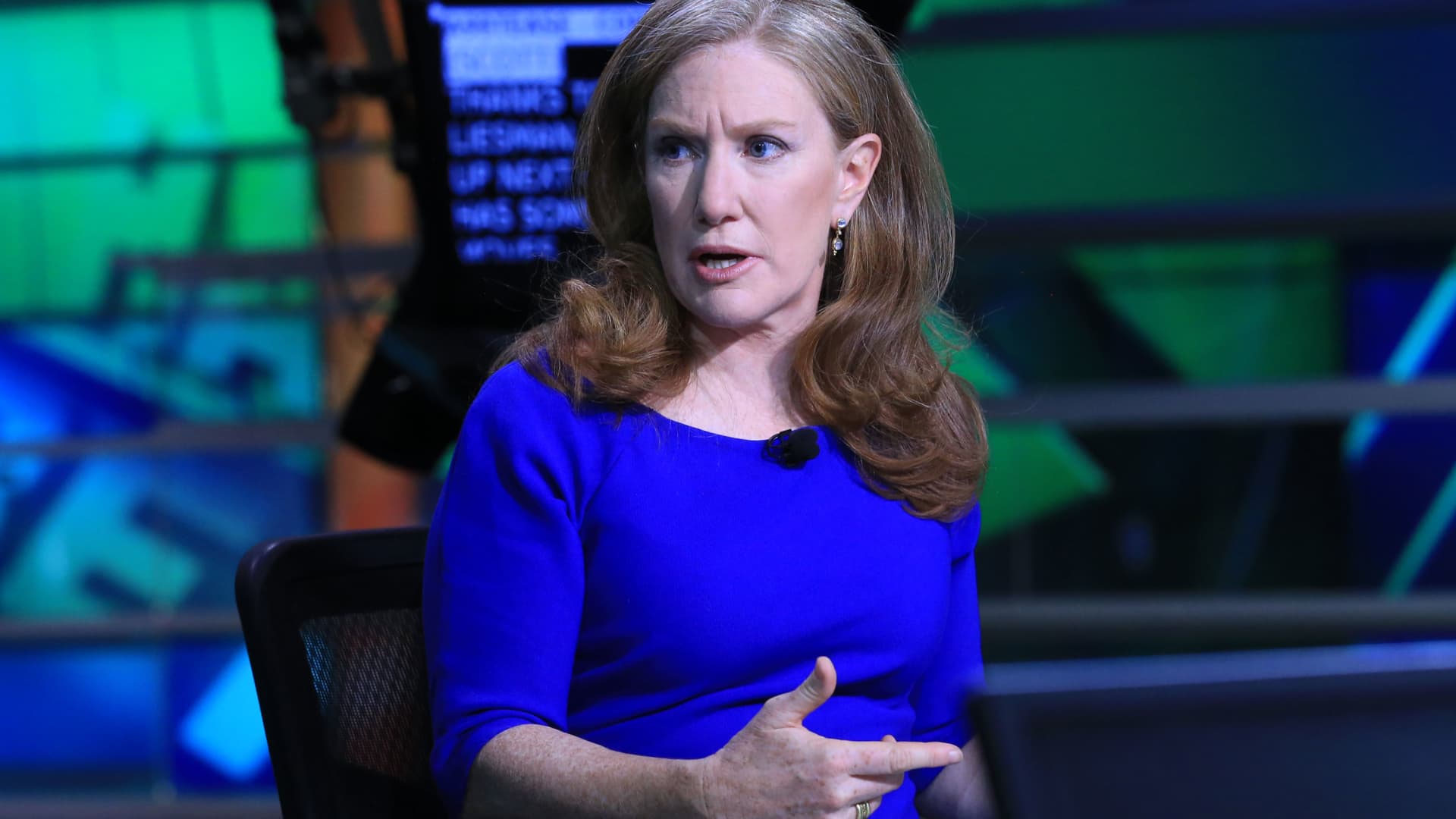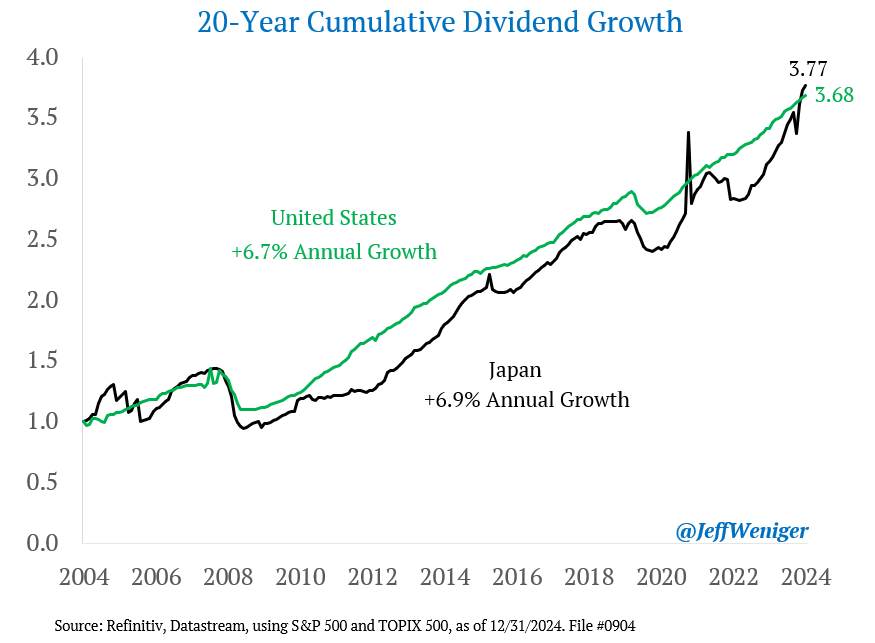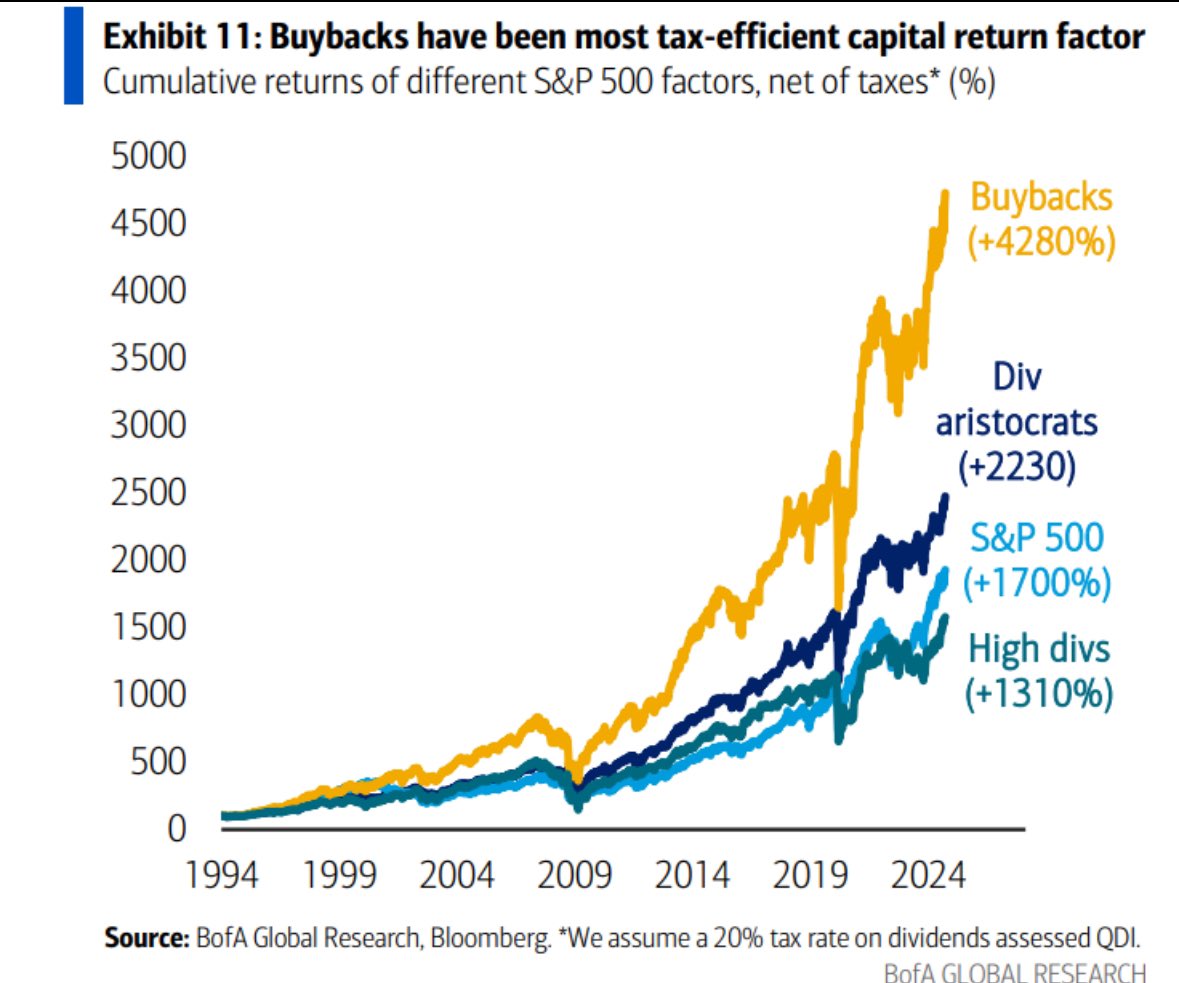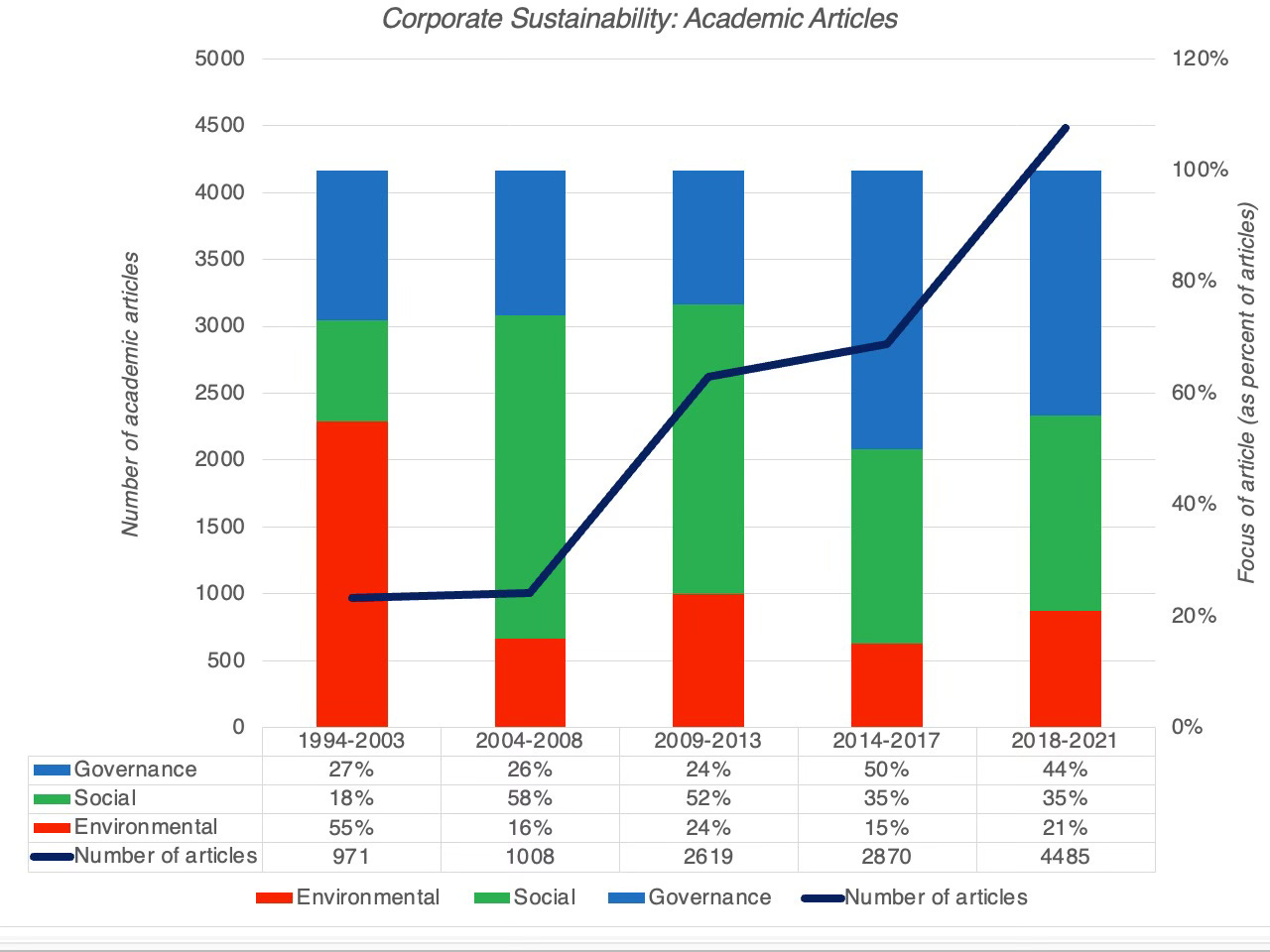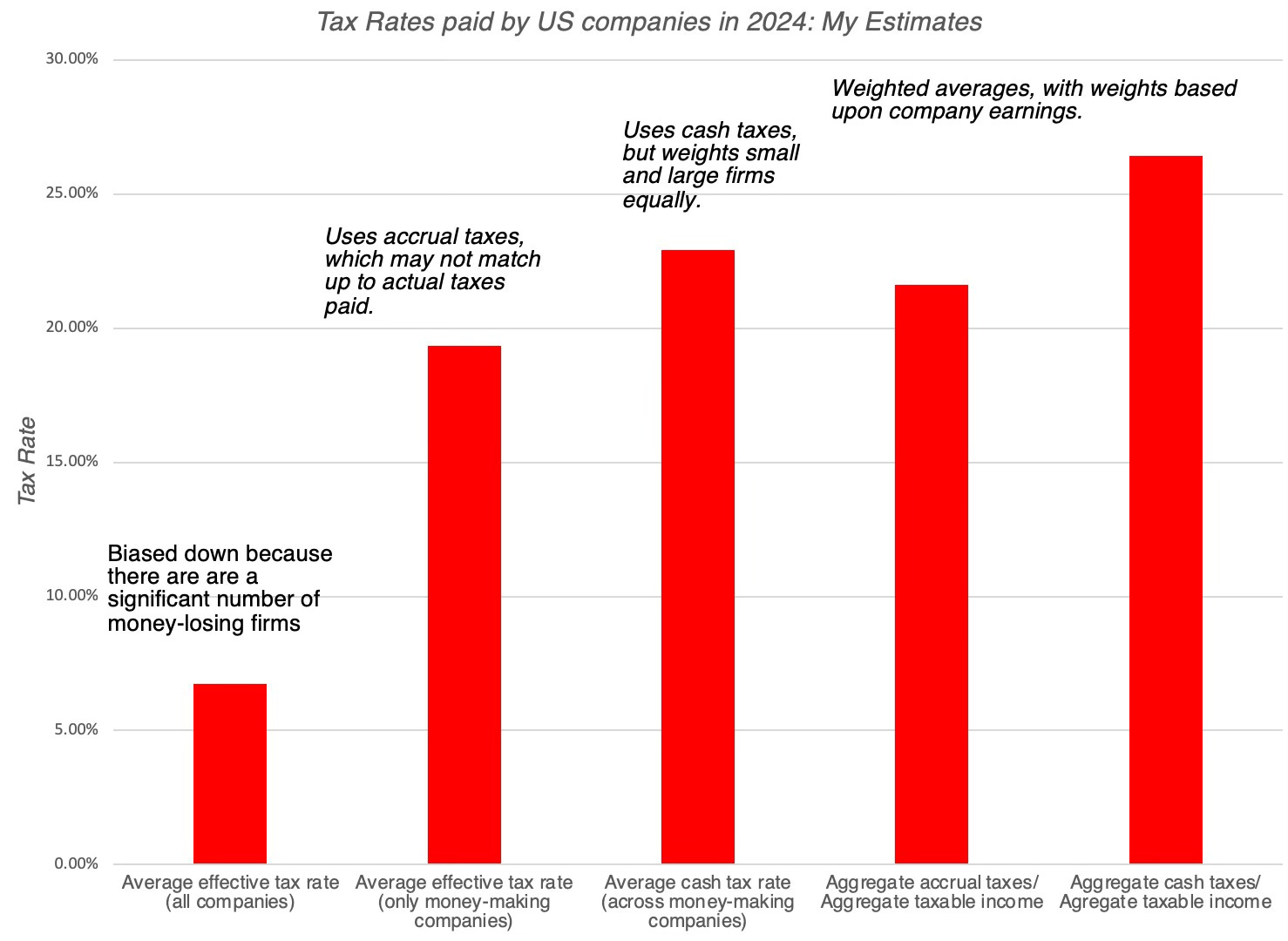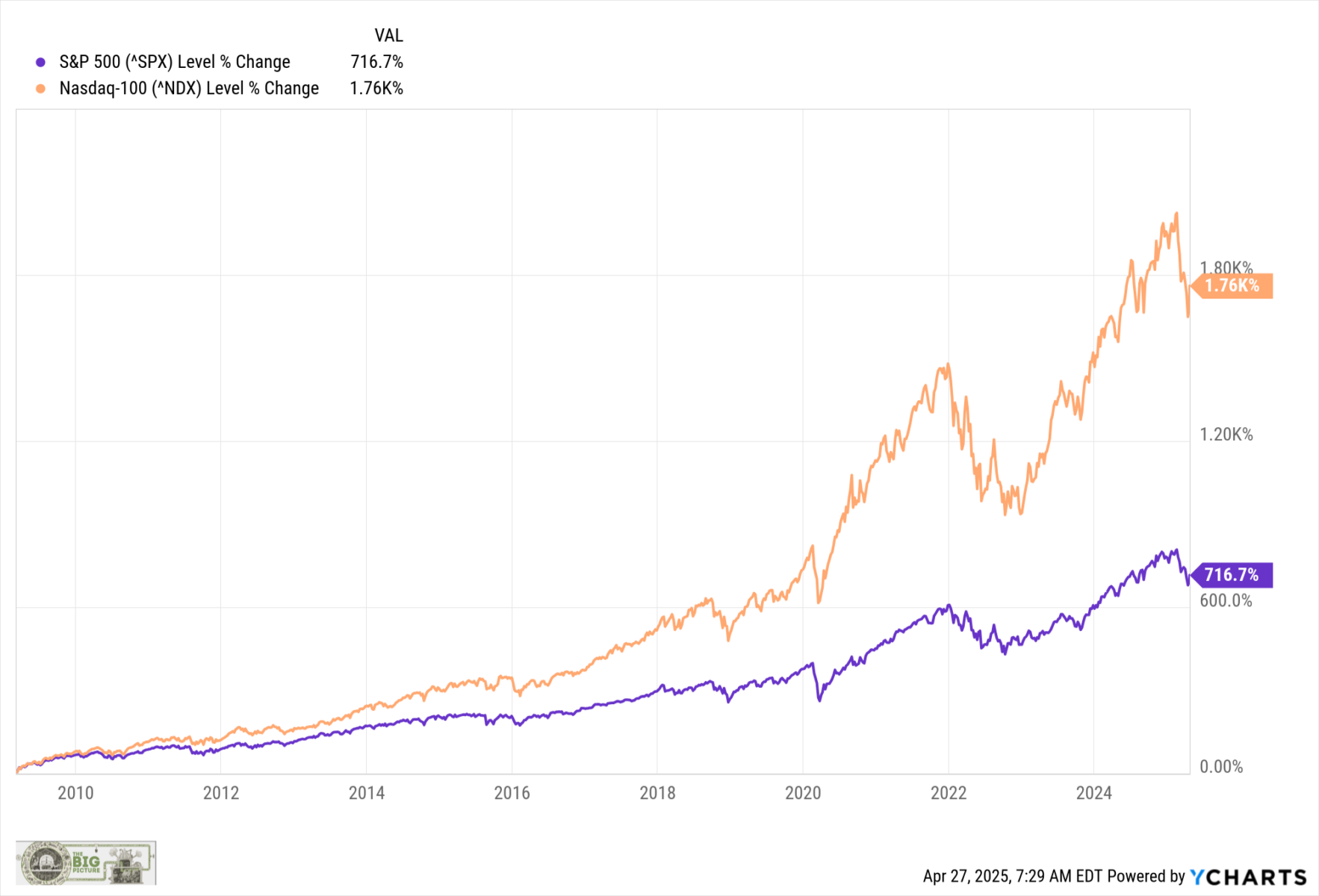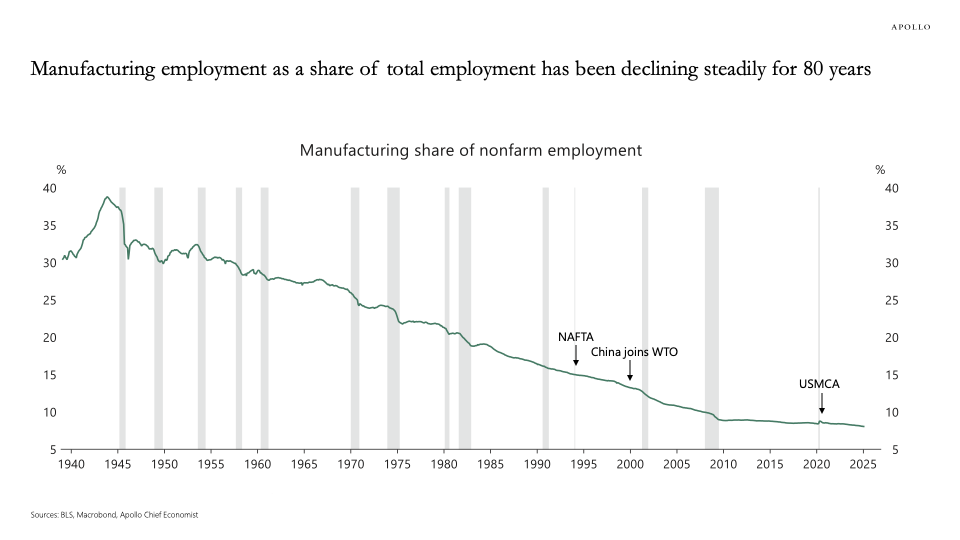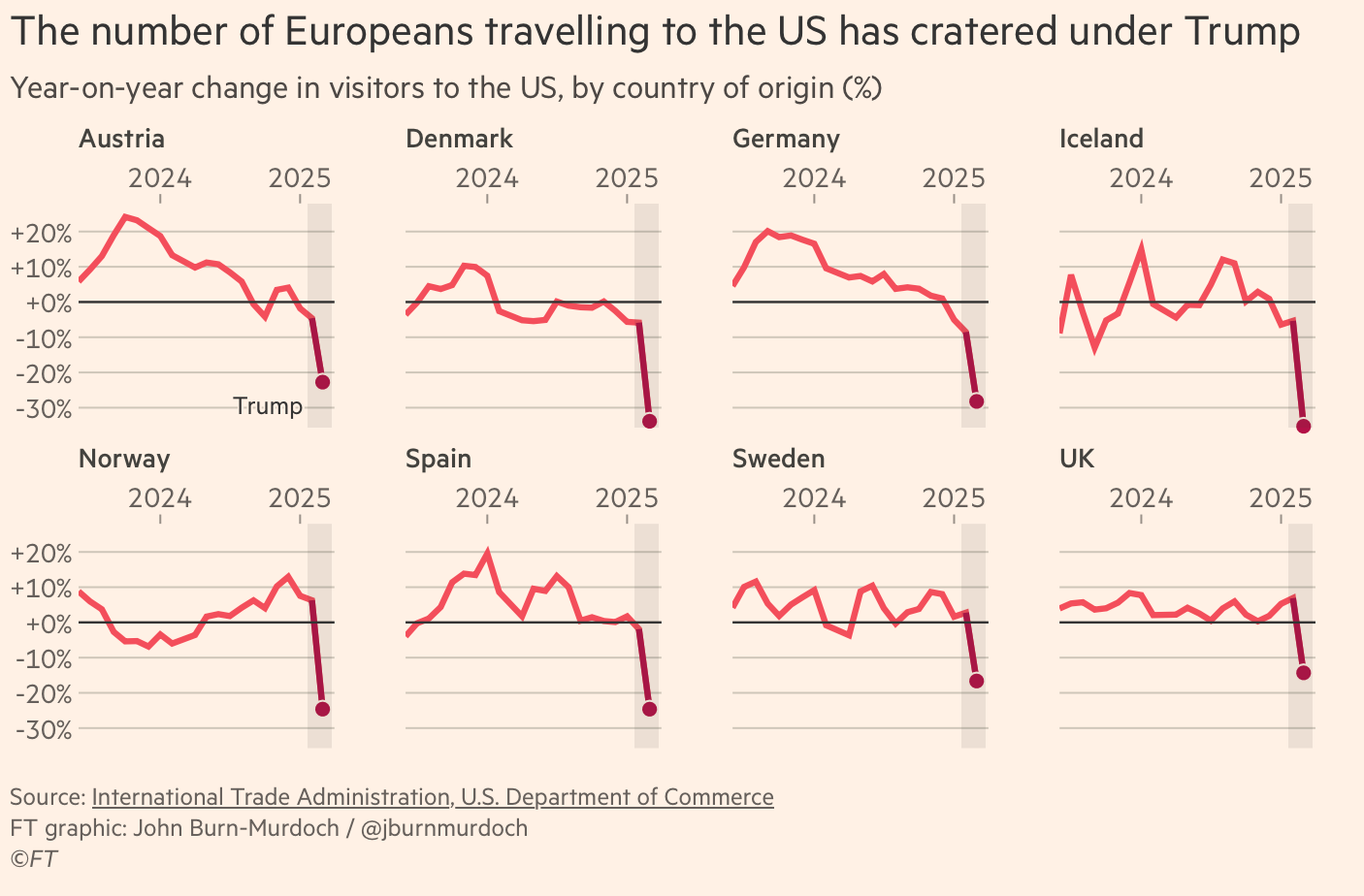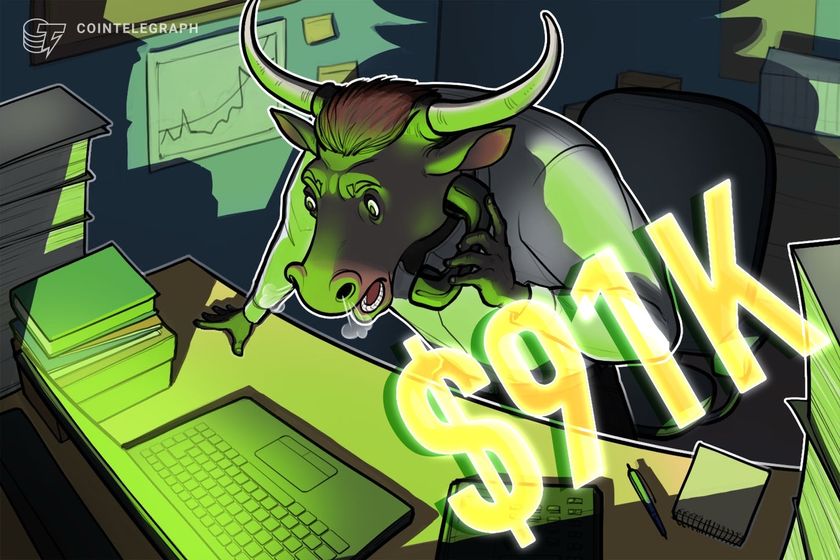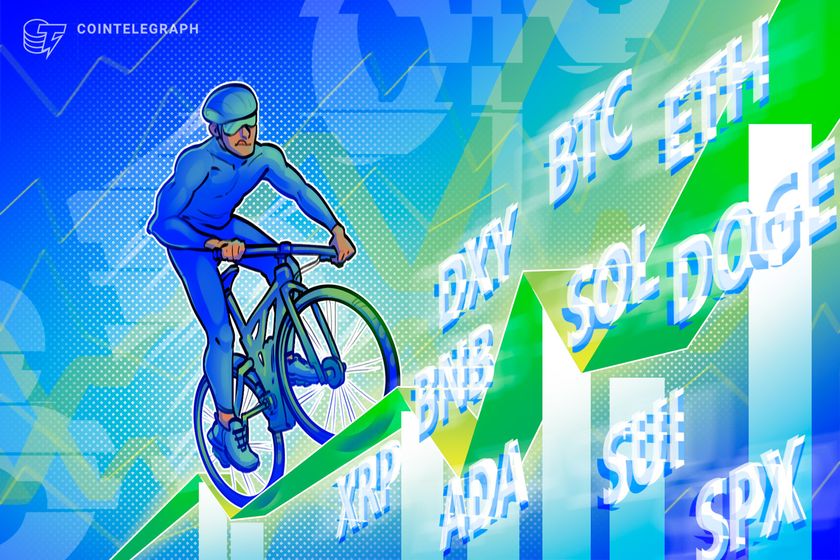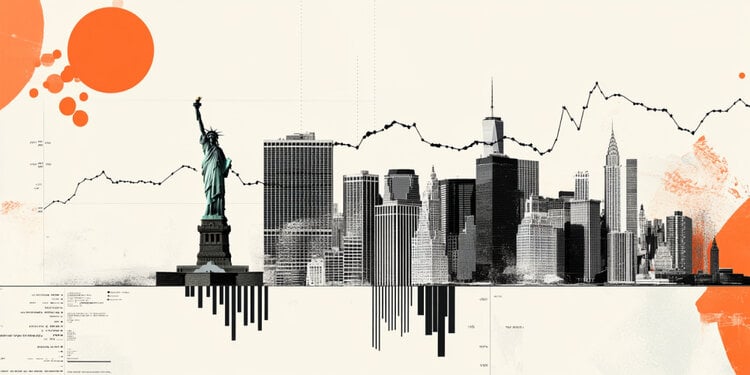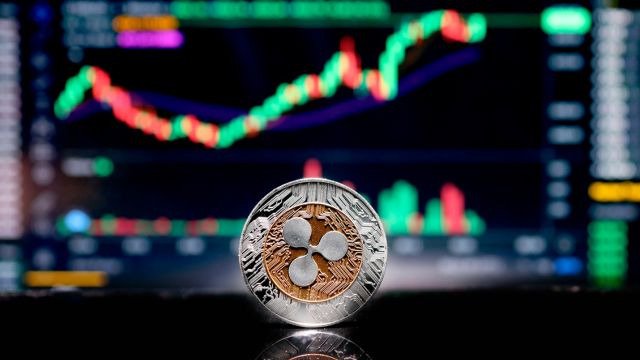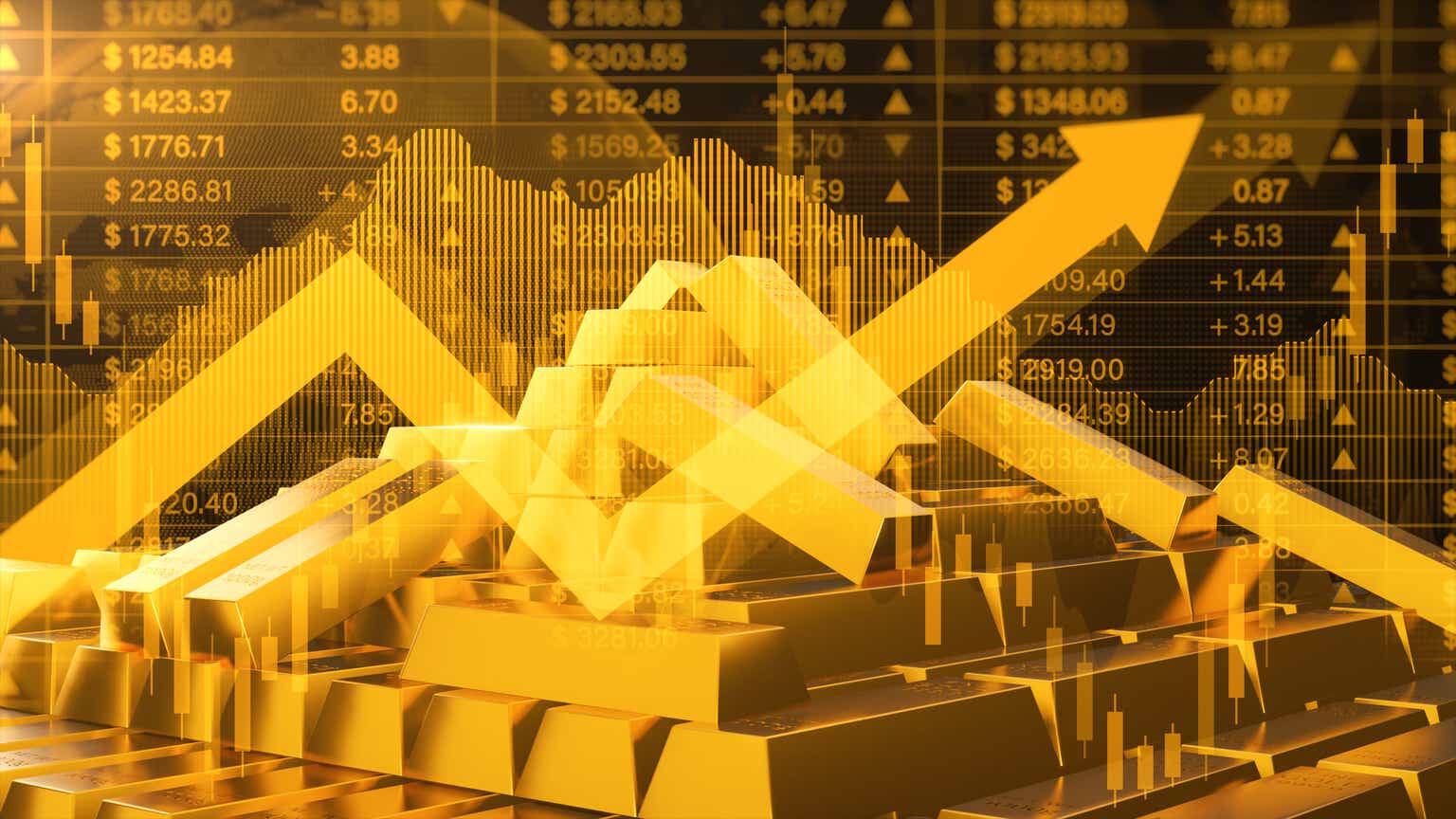Veteran fund manager resets stock market forecast after oversold rally
The long-time Wall Street manager has updated his stock market outlook.
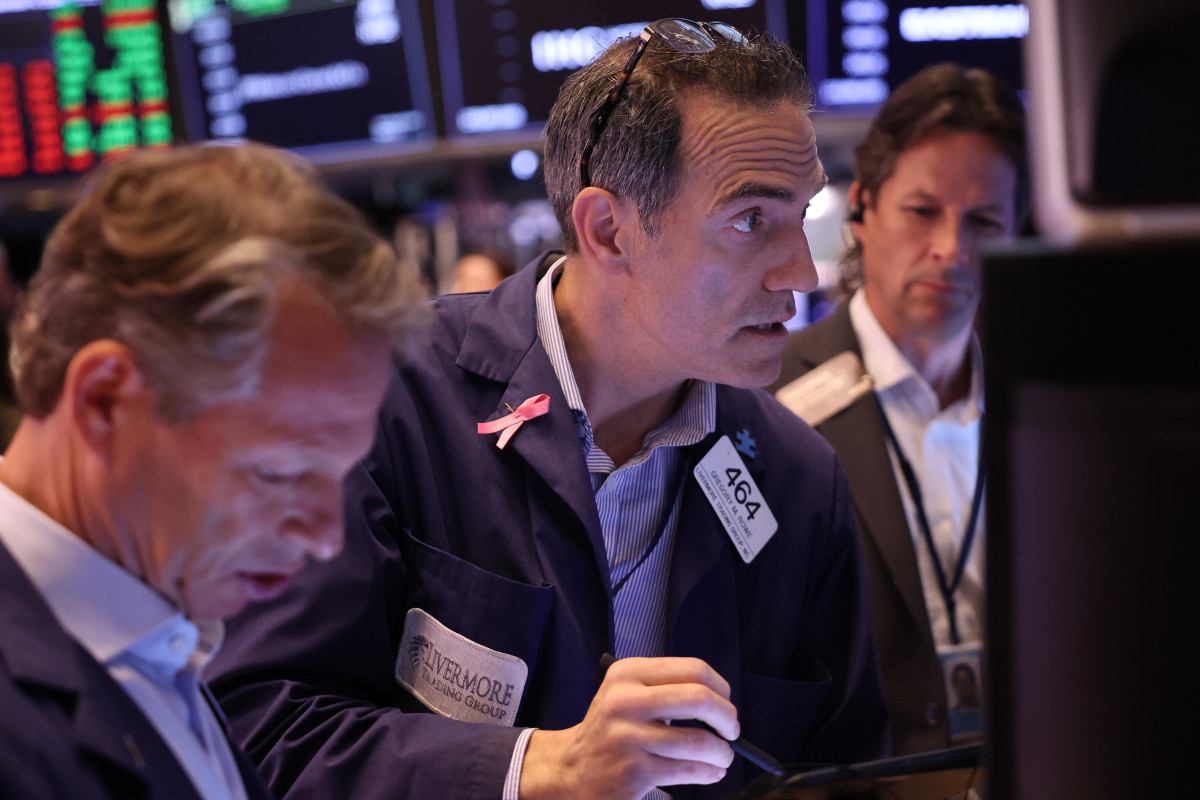
The move off the early April lows has been impressive. The S&P 500 fell over 10% following President Trump's tariff announcement on April 2, so-called "Liberation Day."
The stock sell-off was sharp and fast, catching many flat-footed and sparking fear that a trade war would cause a recession. The S&P 500 and Nasdaq reached new lows.
While many were likely wringing their hands over what could happen to the market next, veteran Wall Street fund manager Dan Niles sang a different tune.
Niles, who has been navigating the stock market's twists and turns since 1990, noted, “65% of the technical 17 metrics I cared about the most signaled oversold. Historically, about 48% is what is needed to be near a tradeable short-term bottom.”
Related: Billionaire fund manager sends blunt message on S&P 500 bear market risk
It wasn't the first time Niles was correct this year. In December, he picked cash as his top holding for 2025 over worry stocks would drop.
Now that the S&P 500 has retreated and we've gotten the tradeable short-term bottom in stocks, what does Niles think?
He recently updated his stock market outlook, and investors may want to consider what he thinks will happen next, given that his past predictions have panned out. Image source: Nagle/Bloomberg via Getty Images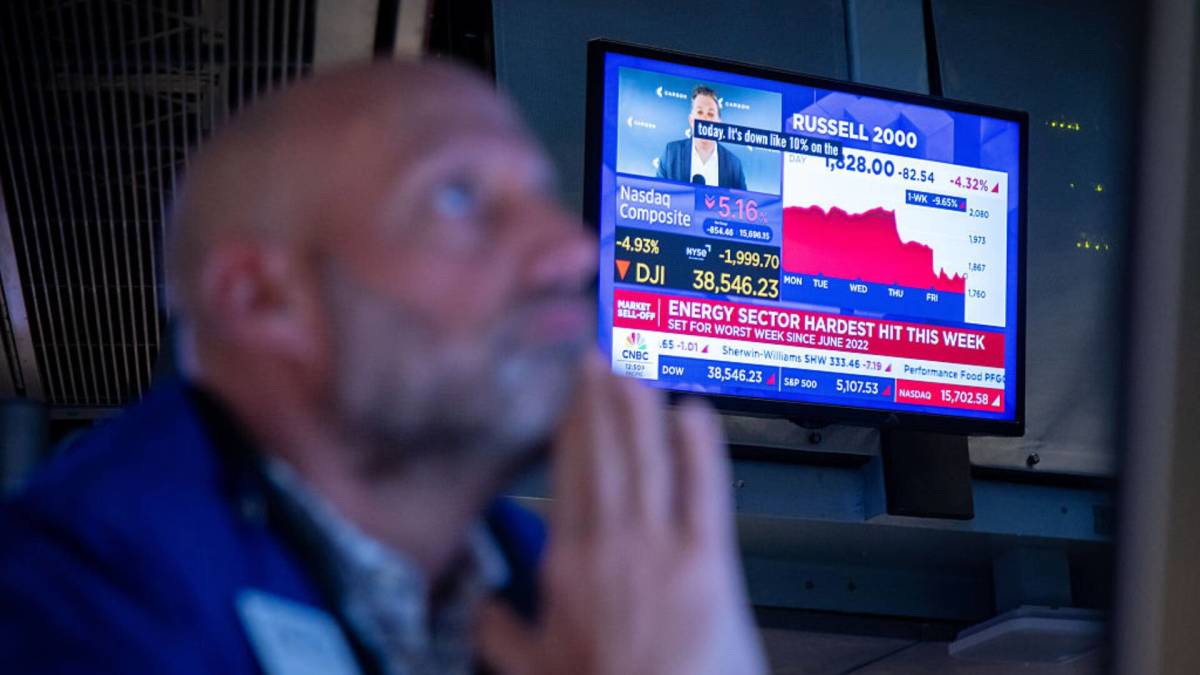
Stocks come under pressure as spending worry mounts
The S&P 500 returned 20%-plus in 2023 and 2024, including an impressive 23% gain last year.
The rally was primarily driven by strength in technology stocks, which shot higher on optimism over the potential of artificial intelligence to reshape just about everything.
We're already seeing rapid adoption of AI. People are increasingly using AI Chatbots like OpenAI's ChatGPT and Google's Gemini as alternatives to traditional search, and businesses across most industries are exploring how agentic AI apps can reshape operations.
Manufacturers are using AI to improve quality and production volume, retailers are exploring whether it can improve supply chains and reduce theft, and banks are using it to hedge risks. Healthcare is testing whether AI can help create better medicines, and the U.S. military is evaluating whether AI can improve the odds on the battlefield.
The opportunities for AI to ramp productivity and fuel profits have led to a tsunami of AI research and development, which in turn has driven massive upgrades to traditional enterprise and cloud network infrastructure.
In 2024, capital expenditures at major hyperscalers Microsoft, Alphabet's Google, and Amazon's AWS surged to $191 billion from $117 billion in 2023.
The AI gold rush was a boon to tech stock returns. Six of the magnificent seven tech stocks (Nvidia, Meta, Alphabet, Amazon, Microsoft, Apple, and Tesla) outperformed the S&P 500 in 2024 (Microsoft only gained 12%), led by Nvidia, which rallied 171%.
Tech stocks' outperformance means they represent an increasingly larger share of the S&P 500, which is weighted by market capitalization. As a result, their outsized gains were a big reason the S&P 500 rewarded investors so handsomely over the past two years.
Unfortunately, there's growing concern that tech stocks' day in the sun may be near ending.
While companies are expected to continue funneling money into AI initiatives, spending growth will likely slow, especially if the economy stumbles, computing capacity catches up to demand, and innovation reduces development costs.
We're already seeing some evidence of this happening.
Microsoft and Amazon have reportedly been reevaluating their data center buildout plans, and China's AI chatbot DeepSeek was developed for only $6 million using prior-generation semiconductor chips, which shows how advances may reduce R&D expenses.
Concern that technology stocks could take a breather as spending slows and weigh down the stock market has been amplified this month by President Trump's tariff scheme, since import taxes will likely spark inflation, crimping consumer and business spending.
Dan Niles revamps stock market forecast after S&P 500 rally
The stock market's rally since President Trump paused reciprocal tariffs, excluding China, has been eye-catching.
The S&P 500 and the Nasdaq 100 are up 11% and 14%, respectively, since their lows on April 8. The Roundhill Magnificent Seven ETF (MAGS) has gained 15% in the same period.
Related: Rich Dad Poor Dad author makes surprising silver, gold price forecast
While impressive, those returns aren't uncommon following big sell-offs, and that's caught Dan Niles's attention.
"During the Global Financial Crisis the S&P had eleven rallies of 10% on average in less than 2 months on average while losing 57% over one and half years," reminded Niles in a post on X. "During the Tech Bubble, the S&P had seven rallies that averaged 14% each in less than 5 months on average while losing 49% over two & half years."
Big moves off oversold levels are a feature during bear markets, so the recent rally alone doesn't necessarily signal that stocks are out of the weeds.
"The desire to believe it was the bottom was quite high during each of those rallies but earnings estimates and trailing PE multiples had to still go lower which ultimately drove the stocks lower," said Niles.
More Experts:
- Legendary fund manager sends blunt 9-word message on stock market tumble
- Billionaire Michael Bloomberg sends hard-nosed message on economy
- Rare event may send S&P 500 soaring
Until we get more clarity into tariff negotiations, worry is likely to remain, given arguably elevated valuations and the fact that stocks typically hate uncertainty.
The S&P is now down just 6% from the beginning of the year and 3% from the day before Liberation Day," said Niles. "But does the political climate feel only 3-6% more chaotic since the beginning of the year or the day before Liberation Day?"
According to FactSet, the S&P 500's trailing 12-month P/E ratio is 24.6, which is above the 10-year average of 22.3.
"The S&P trailing multiple at 23x should probably be closer to 19x at the current inflation levels. In a recession this PE is usually closer to mid-teens," said Niles.
The size of the rally since April 9, economic headwinds, including tariffs, and valuation have led Niles to four conclusions:
- 1) "This is a typical bear market rally of 10-14% with upside potential through early May but the risk to reward has diminished with this 11% move higher
- 2) Valuations do matter (over the longer-term) and remain high at 23x trailing versus 19x being more reasonable at the current inflation levels of 2.5-3.0%
- 3) The pull forward in demand will lead to negative GDP growth in Q3 and S&P earnings expectations being revised lower
- 4) The above factors will probably cause a retest of the lows for stock prices at the very least."
Related: Veteran fund manager unveils eye-popping S&P 500 forecast






